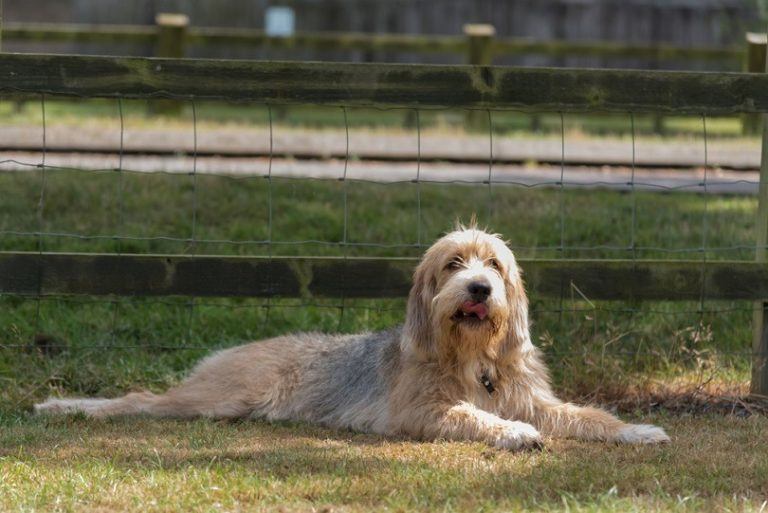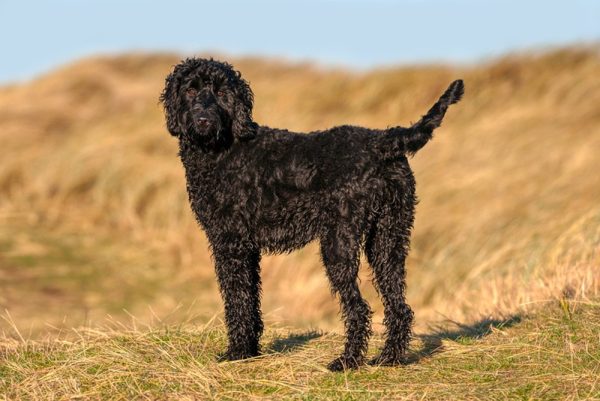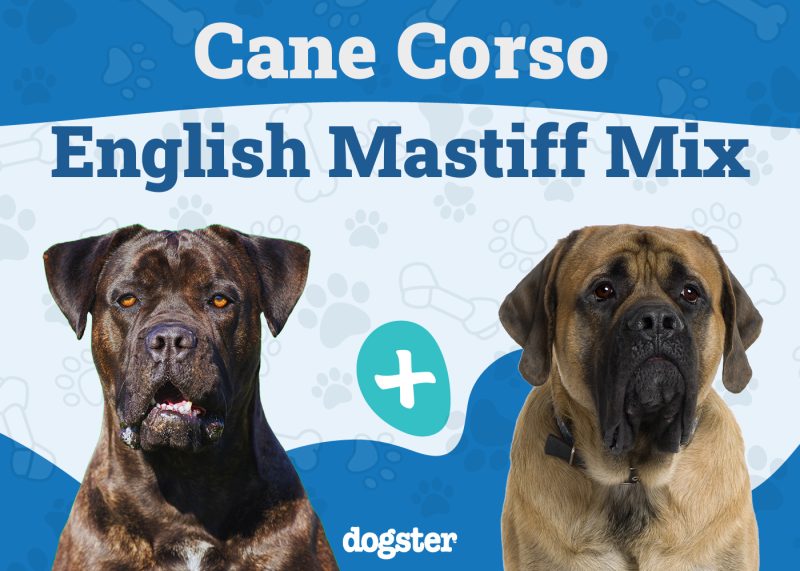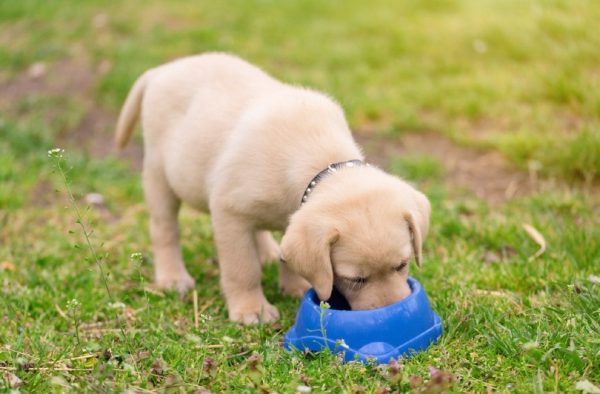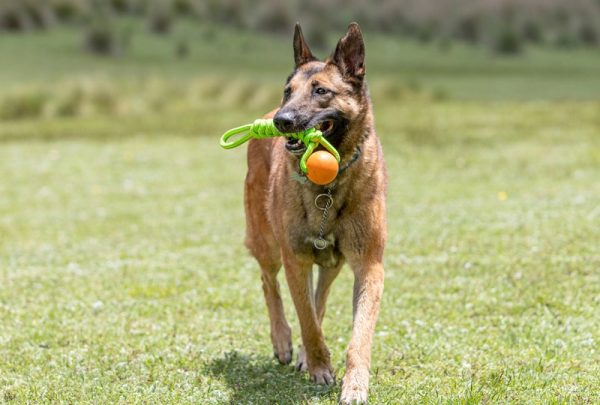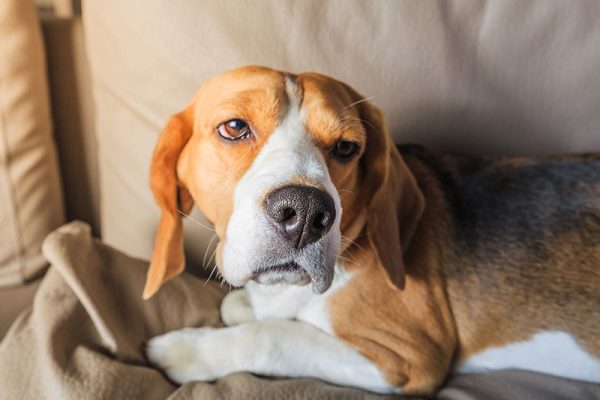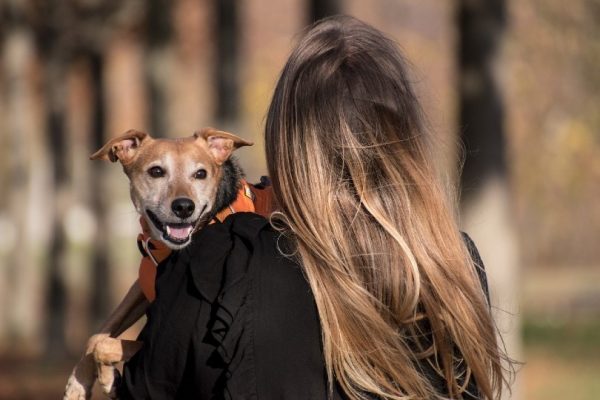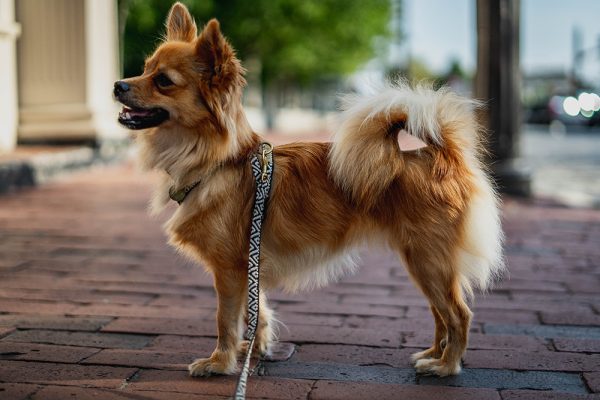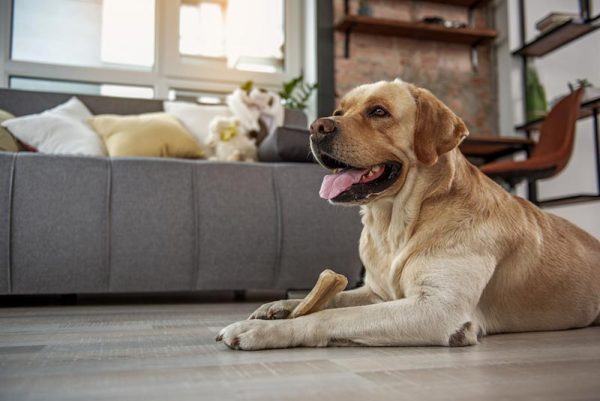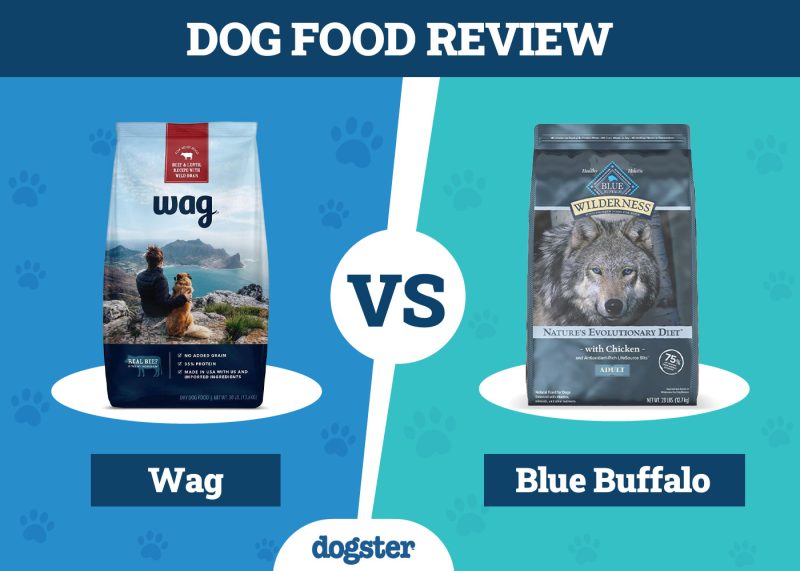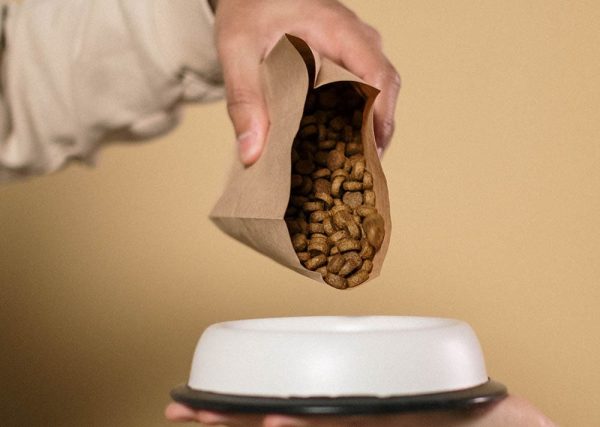In this article
View 8 More +Otterhounds are large scent hounds that are generally lively, friendly, and devoted. They have lots of energy and are all about having fun. They were bred to hunt otters and have long, shaggy, waterproof coats and awe-inspiring scent-tracking abilities.
They’re amazing swimmers who can stay in the water for long periods without getting tired.
Breed Overview
Height:
24–27 inches
Weight:
80–115 pounds
Lifespan:
10–13 years
Colors:
Black, black, gray, wheaten, and various combinations with tan
Suitable for:
Families and individuals looking for an easy-going, active companion
Temperament:
Fun, sweet, active, and devoted
Otterhounds are large, goofy dogs that can be a bit messy. They love to muddy and aren’t known for being elegant eaters. Otter hunting was outlawed in the United Kingdom in the 1970s, which resulted in a steep decline in the number of Otterhounds. The breed came close to extinction, and there are still not that many around.
Otterhound Characteristics

Otterhound Puppies
Because Otterhounds aren’t that common, it can be challenging to find puppies in shelters; working with a reputable breeder is often the easiest way to locate healthy dogs.
Organizations like the American Kennel Club (AKC) and Otterhound Club of America (OCA) can be great resources. Breed rescue organizations are also options for those interested in adopting adult dogs.
Otterhound puppies generally benefit from getting started with training as early as possible. It’s the best way to prevent unwanted behavior from even getting started. Early training and socialization help puppies gain confidence and develop into well-behaved adults. Short, fun training sessions that involve plenty of treats and praise are best since puppies don’t have incredibly long attention spans.
Consistency, patience, and positivity are essential. Sticking with routines can encourage puppies to feel safe and secure and give them a framework within which to learn.
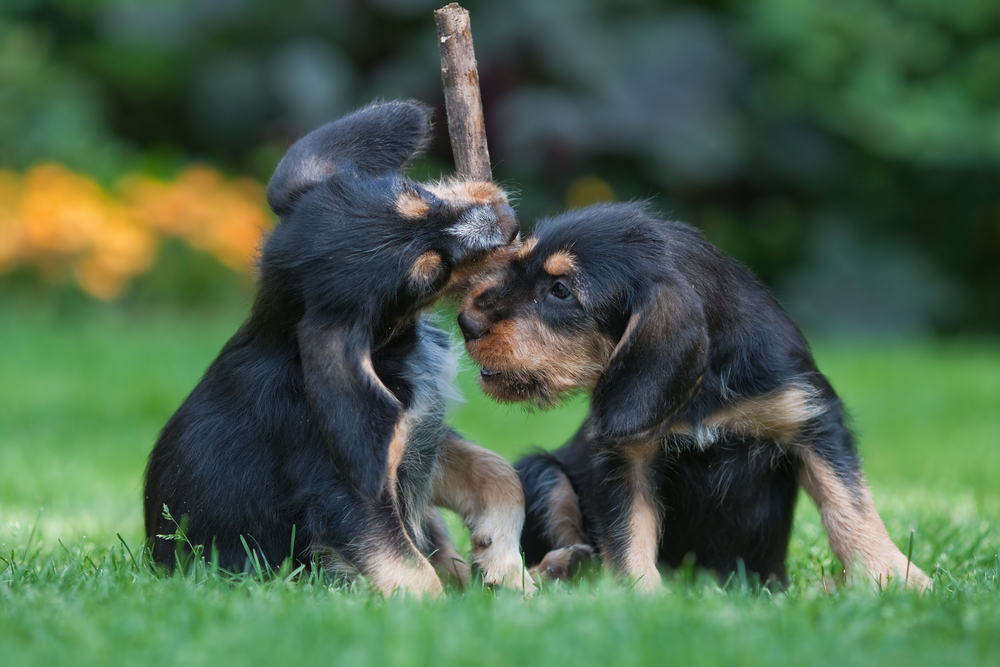

Temperament & Intelligence of the Otterhound 🧠
Otterhounds are lively and loving. They’re happy to shower the people they care about with affection, and they have wonderfully goofy personalities.
Since they’re sloppy eaters, their food and water usually end up all over the floor after mealtimes. They’re also known for being a bit on the clumsy side when hanging out at home.
Otterhounds are relatively independent, and many are happy to spend time alone. They’re not typically great guard dogs, but most are good at keeping an eye on things and letting their humans know if something is amiss.
They’re very food-motivated and talented at breaking into cabinets and opening refrigerators to get hold of tasty snacks.
Are These Dogs Good for Families? 🏡
Otterhounds are loving and devoted, and they can make great family dogs for those with the time and space to meet their needs. Because they have so much energy, they’re best suited for homes with older children.
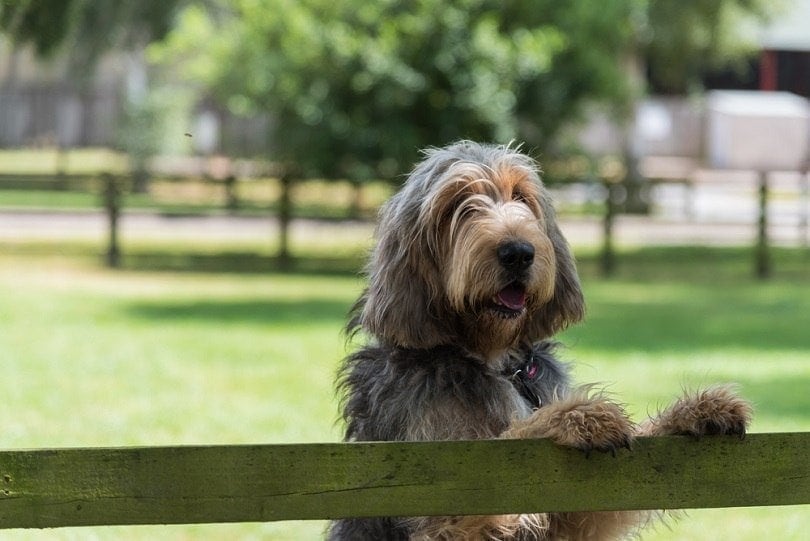
Does This Breed Get Along With Other Pets? 🐶 😽
Otterhounds are pack animals, and they enjoy having canine companionship at home. However, they should be supervised when playing with small dogs to prevent injuries when they play rough.
Those with solid training and good social skills can sometimes get along fine with cats.

Things to Know When Owning an Otterhound
Food & Diet Requirements 🦴
Otterhounds thrive when eating life-stage appropriate, high-quality commercial kibble and wet food. Growing puppies and adult dogs have different nutritional needs and should stick with formulas explicitly designed for their age group.
Large-breed puppies and dogs have slightly different nutritional and dietary needs than smaller pets and should be fed products designed to meet their needs. Large-breed puppies grow particularly fast, which can put them at risk of developing conditions such as hip and elbow dysplasia, so they benefit from food that manages their growth rates.
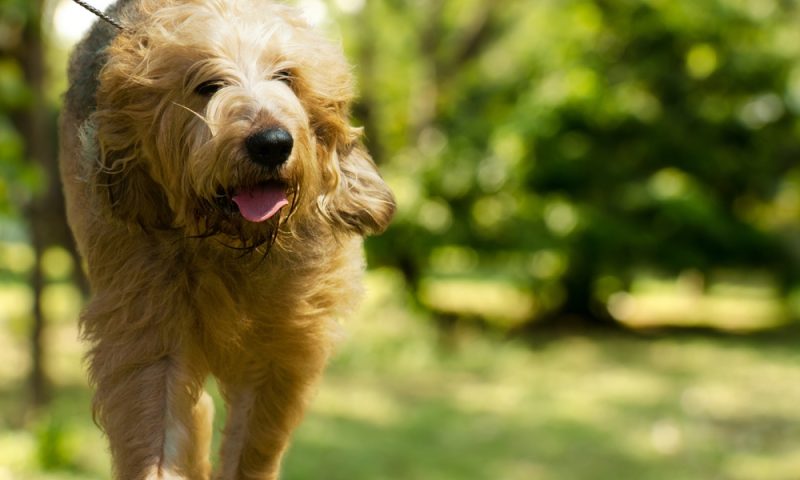
Exercise 🐕
Otterhounds need long daily walks to stay in top shape. Most love swimming and generally exploring the outdoors. They do well when they have yards to enjoy so they can run and explore without being constrained by a leash.
They like training for agility and tracking competitions that involve mental and physical workouts. Scent walks provide Otterhounds with opportunities to explore the world using their incredibly powerful noses, which can go far to keep them happy.
Training 🦮
Although they’re trainable, Otterhounds can also be a bit stubborn, so getting them motivated to learn new things is sometimes a challenge. They bond closely with their owners and do incredibly well with reward-based training, particularly when it involves lots of praise.
Otterhounds are sensitive, which makes positive training even more important to ensure the establishment of strong human-canine bonds. Harsh training techniques can be counterproductive, and they can cause them to dislike training and lose trust in the trainer.
Grooming ✂️
Otterhounds have double coats designed to keep them warm while hunting. The outer layers of their coats are waterproof and stiff to the touch, while their undercoats are nice and soft.
They need to be brushed a few times a week to keep their shaggy coats under control, and their facial hair needs regular attention after meals. Dogs with longer coats that produce more oil need monthly baths, but those with shorter coats require fewer.
Otterhounds must be thoroughly dried after getting wet to keep their coats healthy. Like all dogs, their teeth should be regularly brushed to help limit plaque and tartar accumulation. Their nails also need trimming, and their webbed feet benefit from regular cleaning.
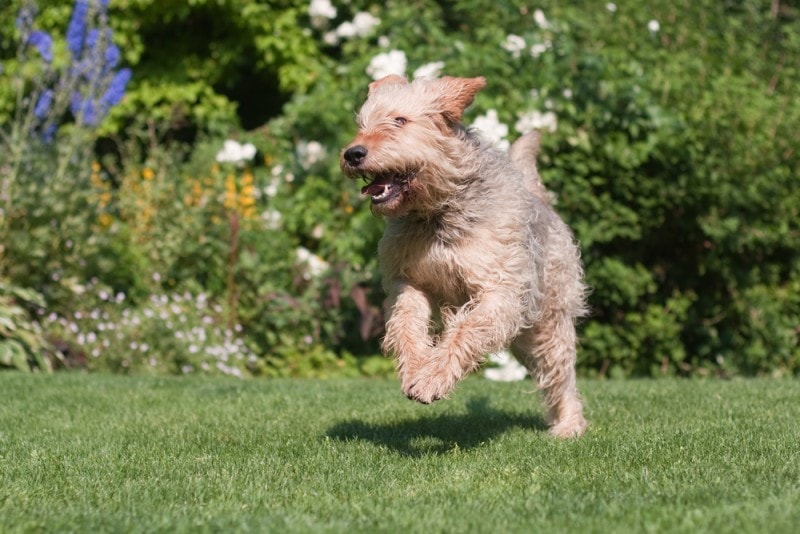
Health and Conditions ❤️
Otterhounds are hardy canines, but they’re vulnerable to a few health conditions.
Bloat
Bloat occurs when a dog’s stomach expands due to food or gas. The blood flow to various organs is cut off as the condition progresses.
The stomach can also twist, resulting in the entire lower part of a dog’s body being cut off from blood. Bloat has the potential to be fatal if left untreated and is considered a medical emergency.
Veterinarians aren’t entirely sure what causes the condition, but dining from elevated bowls and exercising too soon after eating appear to be risks.
Hip Dysplasia
Hip dysplasia can develop when puppies are growing. Their bones grow at different rates during development in dogs with the condition, which leads to joint laxity and orthopedic problems.
Dogs with hip dysplasia have trouble walking, standing, and navigating stairs. It’s a condition that often affects large dogs and appears to be at least partly genetic. Treatment options include medical management, physical therapy, and surgery.
Epilepsy
Epilepsy is a relatively rare condition in which uncontrolled electrical impulses in the brain cause seizures. Dogs with seizures often shake, twitch, and have convulsions. They can suffer from generalized, partial, and complex partial seizures.
All the other medical causes for a dog’s seizures must be excluded before a diagnosis of epilepsy can be given. There’s no cure for the condition, so treatment is aimed at reducing the seizure frequency.
- Ear infections
- Bloat
- Hip Dysplasia
- Epilepsy
Male vs Female
The biggest difference between male and female Otterhounds is their size; males are taller and heavier. The dog’s sex doesn’t have much of an impact on their temperament and behavior if they have been spayed or neutered.
Neutered dogs are less aggressive than intact ones, and they’re less inclined to mount people and objects. Spayed dogs don’t go into heat, are protected from developing certain types of uterine conditions, and have lower chances of developing breast cancer.

3 Little-Known Facts About the Otterhound
1. Otterhounds Have Webbed Feet
Otterhounds were bred to be masterful in the water! They also have strong shoulders that make them incredibly powerful swimmers and noses that allow them to follow underwater scent trails like champs.
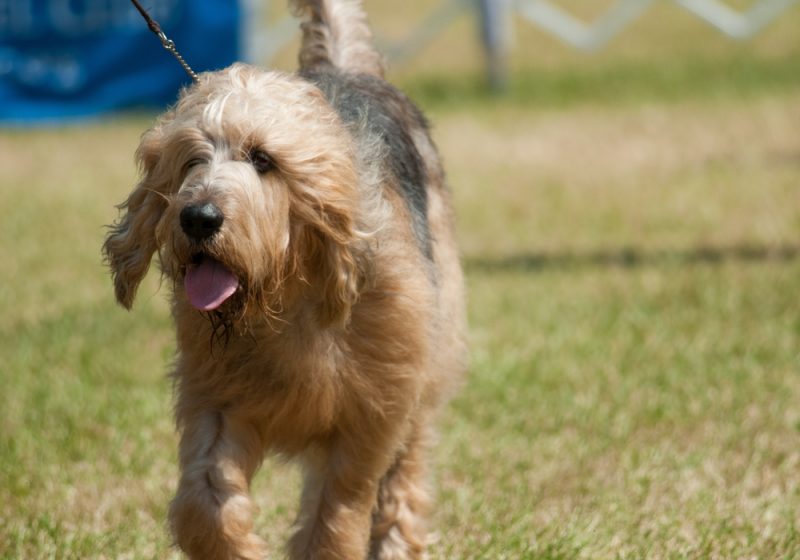
2. Otterhounds Were Used to Develop Airedales
Airedales are Terriers bred to hunt rats and ducks and are the largest of the Terriers. Airedales average about 23 inches at the shoulder and weigh 50 to 70 pounds.
3. Modern Otterhounds Have Bloodhound Heritage
Griffon Vendeen, Griffon Nivernais, and Old Southern Hound blood may flow through Otterhounds’ veins. Otterhounds likely owe their fantastic noses (at least in part) to their Bloodhound ancestors.

Final Thoughts
Otterhounds are big, easy-going scent hounds that make excellent companions. They’re large, loving, loyal, and often a bit goofy. While they have incredibly charming personalities, Otterhounds require plenty of work to keep them happy and healthy.
They need long, daily walks and do best in homes where they have access to fenced yards. As pack animals, they get along with other dogs, and most are reasonably good around older children.
Featured Image Credit: Lourdes Photography, Shutterstock
